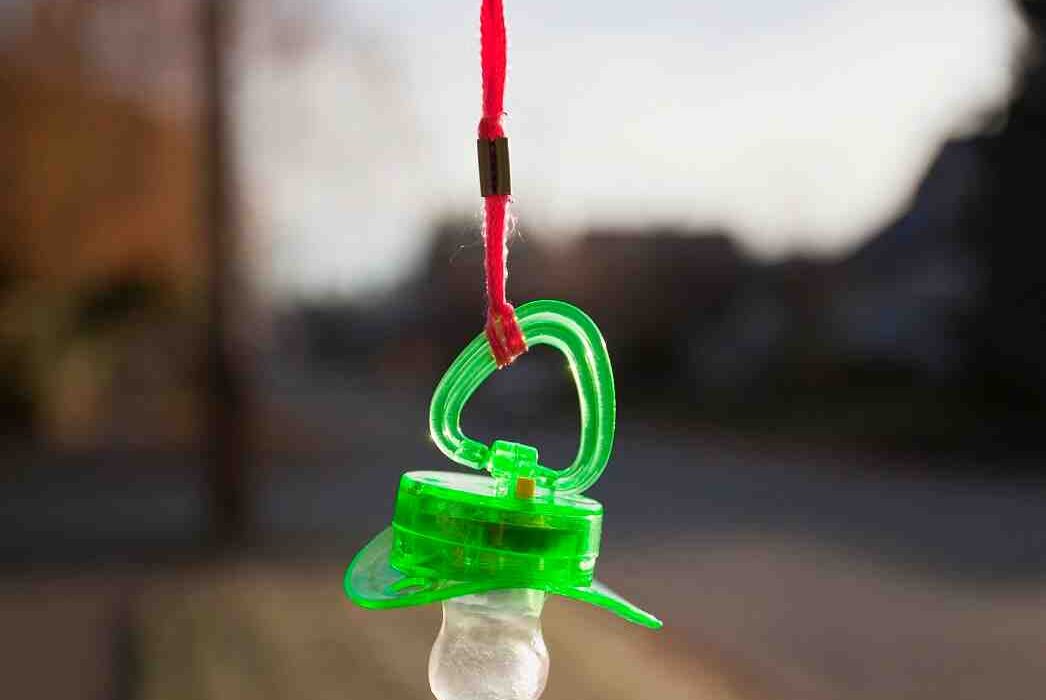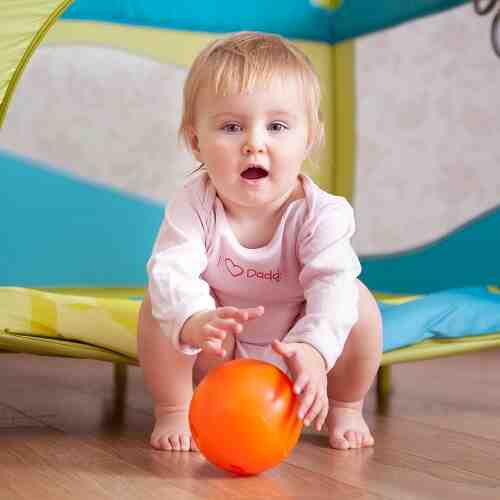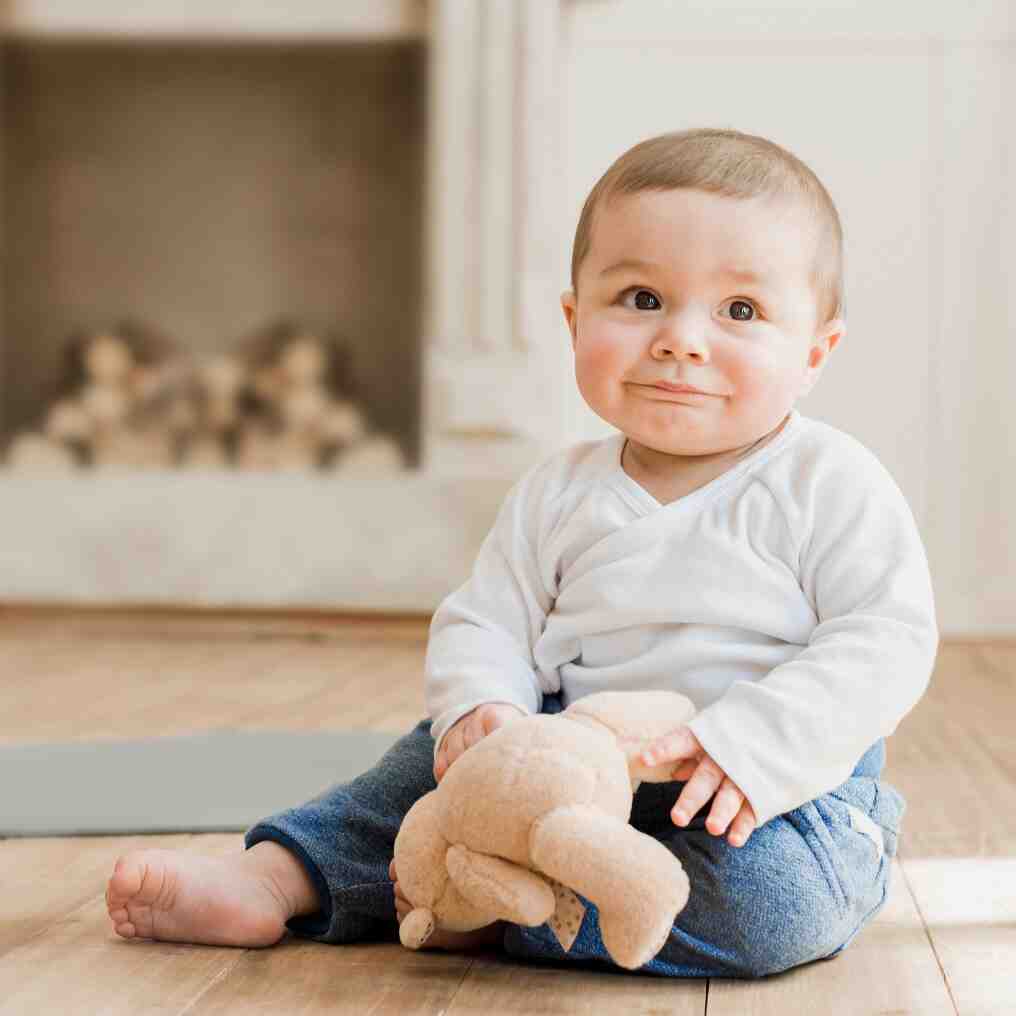How to Properly Sanitize Baby Teethers
Keeping baby teethers clean and safe is crucial to ensuring your baby’s health and well-being. Babies explore the world by putting things in their mouths, which makes teething toys and teethers prime candidates for collecting dirt, bacteria, and germs. Properly sanitizing these items can help prevent infections or illnesses. Below are step-by-step guidelines on how to properly sanitize baby teethers, based on their material and cleaning requirements.
1. General Guidelines for Sanitizing Baby Teethers
Before diving into specifics, here are some essential tips for sanitizing all types of baby teethers:
- Always follow manufacturer instructions: Some teethers may have specific cleaning and sanitizing instructions, so it’s important to check the packaging or product label for guidance.
- Inspect before cleaning: Always check for any cracks, chips, or worn-out parts before cleaning. If any part of the teether is damaged, it’s best to replace it.
- Use baby-safe cleaning agents: Choose mild, baby-friendly cleaning agents that are non-toxic and free of harsh chemicals.
2. Sanitizing Different Types of Baby Teethers
a. Silicone Baby Teethers
Best for: Flexible, durable, and soft material.
How to Clean and Sanitize:
- Wash with warm, soapy water: Use mild, baby-safe dish soap and warm water to wash the teether. Gently scrub it with a soft brush or cloth to remove any debris.
- Boiling Water Method: To sanitize, you can boil water and dip the silicone teether in it for about 3-5 minutes. Be sure to let it cool down before giving it to your baby. This method kills most germs and bacteria.
- Dishwasher: Many silicone teethers are dishwasher safe. Place them in the top rack of the dishwasher, away from the heating element, and run them on a gentle cycle.
- Sterilizer: Some silicone teethers are compatible with sterilizers (steam or electric). Check the product guidelines to see if it’s safe for sterilization.
b. Wooden Baby Teethers
Best for: Eco-friendly and natural materials.
How to Clean and Sanitize:
- Wash with mild soap and water: Gently wash wooden teethers using a soft cloth or sponge with warm, soapy water. Avoid soaking wooden items in water as they can warp or crack over time.
- Disinfect with vinegar solution: To sanitize, mix equal parts water and white vinegar. Dip a cloth in the solution and wipe down the wooden teether to kill germs and bacteria. Avoid using harsh chemicals that can damage the wood.
- Dry thoroughly: After washing, make sure to dry the teether completely to prevent water from seeping into the wood. This helps prevent cracking or mold growth.
- Condition with natural oils: Occasionally, rub a small amount of natural oil (like coconut oil) onto the teether to keep the wood moisturized and prevent it from drying out.
c. Plastic Baby Teethers
Best for: Durable and lightweight material.
How to Clean and Sanitize:
- Wash with soapy water: Plastic teethers are typically easy to clean with warm, soapy water. Use a bottle brush or soft sponge to remove any debris.
- Boil to sanitize: Like silicone teethers, plastic teethers can be sanitized by dipping them in boiling water for about 3-5 minutes. This is an effective way to kill germs and sanitize the teether.
- Dishwasher-safe: Many plastic teethers are dishwasher safe. If your plastic teether has small parts or is filled with liquid, make sure to check the manufacturer’s guidelines before placing it in the dishwasher.
d. Teething Rings with Gel Filling (e.g., Freezer Teething Rings)
Best for: Cooling relief during teething.
How to Clean and Sanitize:
- Hand wash only: Gel-filled teethers should not be submerged in water for long periods, as they may leak. Gently wash the teether with warm, soapy water and a soft sponge.
- Avoid boiling: Never boil gel-filled teethers, as the heat could cause the gel to leak or degrade the material. Instead, rely on hand washing and occasional disinfection with a vinegar-water solution.
- Air dry: Let the teething ring air dry completely after washing. Do not place it in a dishwasher, as the heat may cause damage.
3. Sanitizing Tips for Teething Toys
- Sterilizing Tablets: You can use sterilizing tablets specifically made for baby products. Simply dissolve the tablet in water and soak the teether as per the manufacturer’s instructions.
- UV Sterilizer: UV sterilizers use ultraviolet light to kill bacteria and germs. This method is convenient and quick. You can place the teething ring inside the sterilizer for a few minutes to sanitize it.
- Avoid Harsh Chemicals: Never use bleach or strong chemical disinfectants on baby teethers. These substances can be toxic and are not safe for babies.
4. When to Sanitize Baby Teething Toys
- Before first use: Always sanitize new teethers before giving them to your baby to ensure they are free from dust, dirt, and germs from the manufacturing process or shipping.
- After each use: Regular cleaning after each use helps remove saliva, dirt, or food particles that may have accumulated on the teether.
- When the teether drops: Babies often drop their teethers, and when this happens, it’s important to clean and sanitize them immediately, especially if the teether falls on unclean surfaces like floors or public spaces.
- Weekly deep cleaning: Give your baby’s teething toys a deep cleaning once a week by sanitizing them with boiling water or a vinegar solution, depending on the material.
5. Storage Tips
- Keep teethers dry: After cleaning and sanitizing, ensure that your baby’s teething toys are fully dried before storing them. Moisture can lead to the growth of bacteria or mold, especially on wooden or fabric-based teethers.
- Store in a clean container: When not in use, store teething toys in a clean, dry container. This will help prevent dust or dirt from accumulating and keep them safe from contamination.
Conclusion
Sanitizing your baby’s teethers is essential to keep your little one safe and healthy. By following the proper cleaning techniques for different materials, you can ensure that their teething toys remain safe, hygienic, and effective in providing relief. Always check the manufacturer’s care instructions for specific guidance and avoid harsh chemicals that could harm your baby. Regular cleaning and sanitizing will help your baby enjoy their teething experience with peace of mind.





